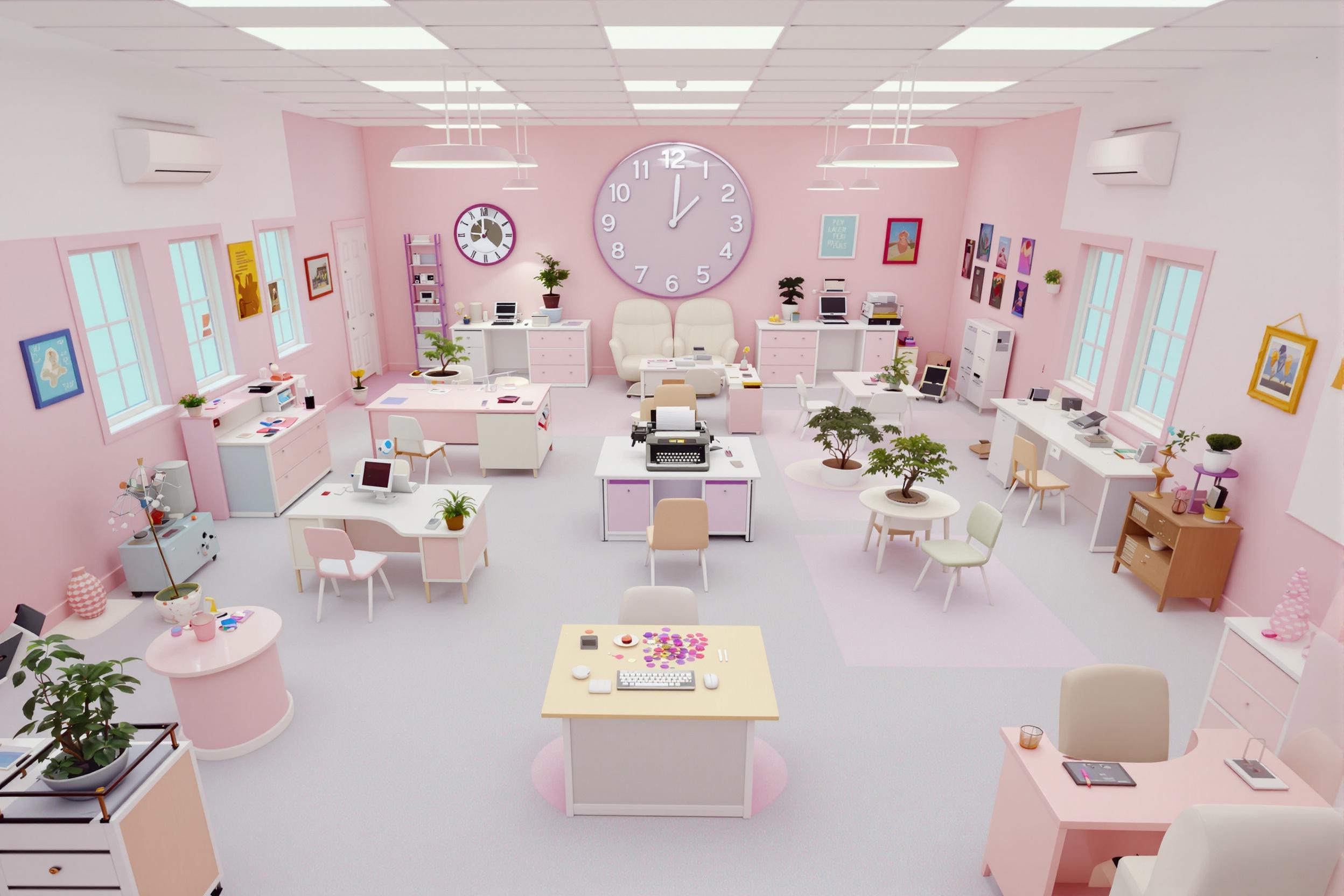
Exhibition Catalog
An Exhibition Catalog is a detailed document or publication that accompanies an art exhibition, presenting information about the artworks, artists, and themes of the show. It serves as both a reference guide during the exhibition and a lasting record after it ends. These catalogs often include high-quality images, artist biographies, curatorial essays, and artwork descriptions. In the art world, they're essential tools for documentation, sales, and education. They can be simple brochures or elaborate hardcover books, depending on the exhibition's scope and budget. When you see this term in a resume, it typically indicates experience in art documentation, publication management, or exhibition planning.
Examples in Resumes
Managed the production of 12 Exhibition Catalog|Exhibition Catalogs for major gallery shows
Wrote and edited content for the museum's annual Exhibition Catalogue series
Coordinated with designers and printers to produce bilingual Exhibition Catalogs
Typical job title: "Exhibition Catalog Coordinators"
Also try searching for:
Where to Find Exhibition Catalog Coordinators
Example Interview Questions
Senior Level Questions
Q: How would you manage a catalog project with a tight deadline and budget constraints?
Expected Answer: Look for answers that demonstrate experience in project management, budget control, and ability to prioritize elements of the catalog while maintaining quality. They should mention vendor relationships, timeline management, and cost-saving strategies.
Q: Describe a challenging catalog project you've managed and how you resolved any issues.
Expected Answer: The candidate should share specific examples showing leadership, problem-solving abilities, and how they handled complications with printing, content, or stakeholder management.
Mid Level Questions
Q: What elements do you consider essential in an exhibition catalog?
Expected Answer: They should mention key components like artwork images, artist statements, curatorial essays, artwork details, proper citations, and consider both scholarly value and reader accessibility.
Q: How do you coordinate between curators, designers, and printers during catalog production?
Expected Answer: Look for understanding of the production workflow, communication skills, and experience in managing different stakeholders' needs and timelines.
Junior Level Questions
Q: What experience do you have with reviewing and proofing catalog content?
Expected Answer: Should demonstrate basic understanding of proofreading, fact-checking, and attention to detail in reviewing text and image layouts.
Q: How would you organize image files and text documents for a catalog project?
Expected Answer: Should show knowledge of basic file management, understanding of image resolution requirements, and ability to maintain organized documentation.
Experience Level Indicators
Junior (0-2 years)
- Basic proofreading and editing
- Image file management
- Documentation organization
- Communication with team members
Mid (2-5 years)
- Project coordination
- Budget tracking
- Vendor management
- Content editing and organization
Senior (5+ years)
- Full project management
- Budget planning and control
- Team leadership
- Strategic planning for publications
Red Flags to Watch For
- No experience with publication timelines or deadlines
- Poor attention to detail in written communication
- Lack of experience coordinating with multiple stakeholders
- No understanding of print production basics
Related Terms
Need more hiring wisdom? Check these out...

Refining Job Descriptions to Expand Applicant Pools: Casting a Wider Talent Net

From Farewells to Future Allies: Transforming Exit Interviews into Lifelong Connections

Beyond Borders: Mastering the Art of a Global Onboarding Calendar

